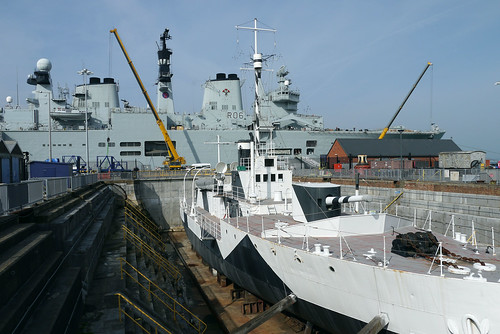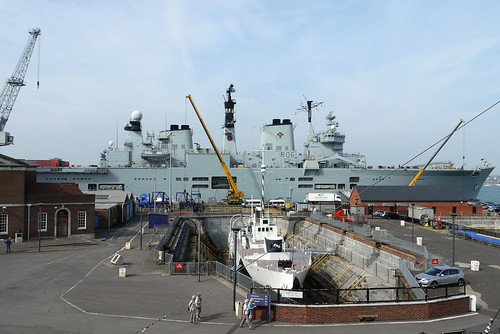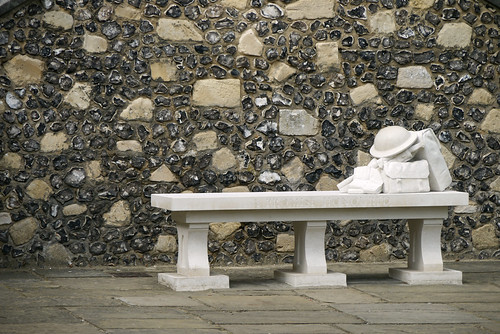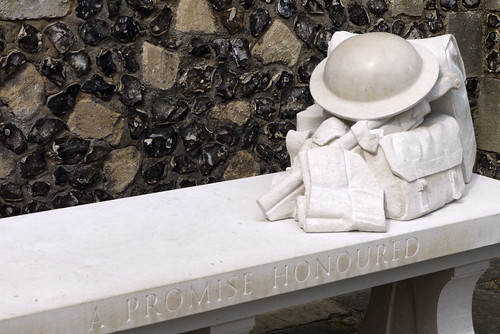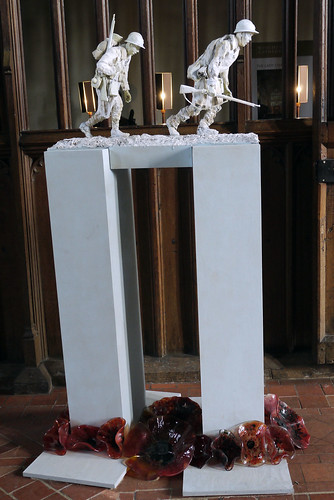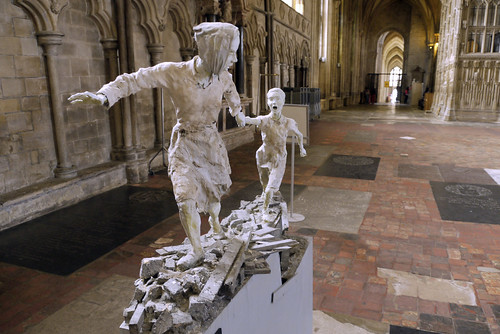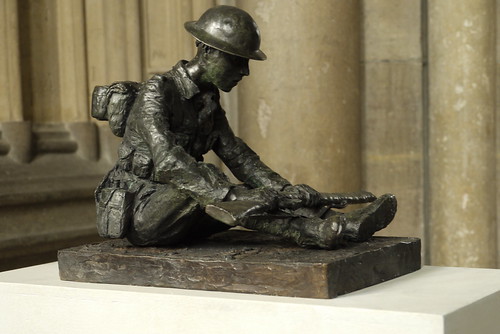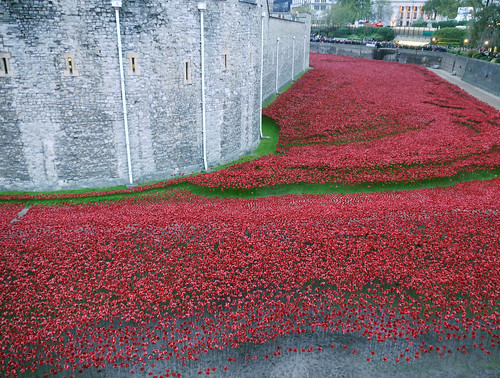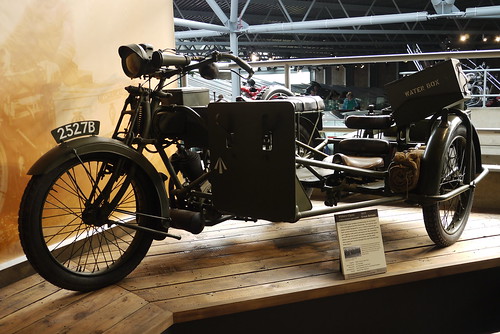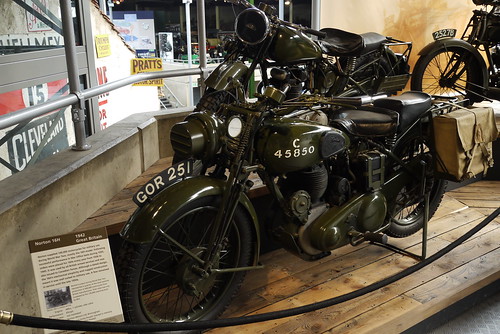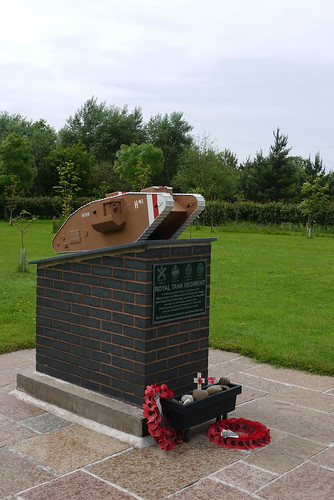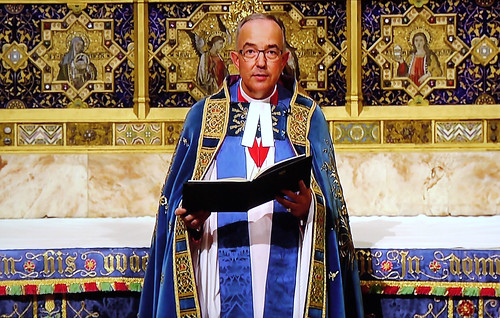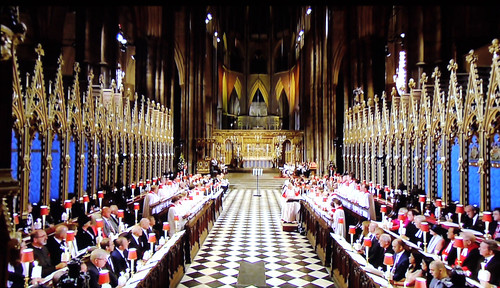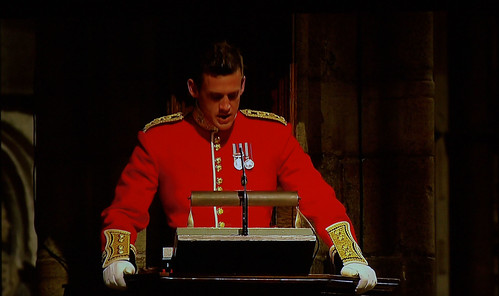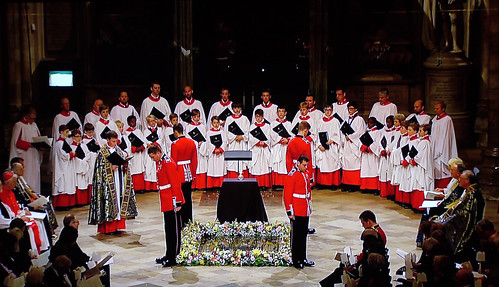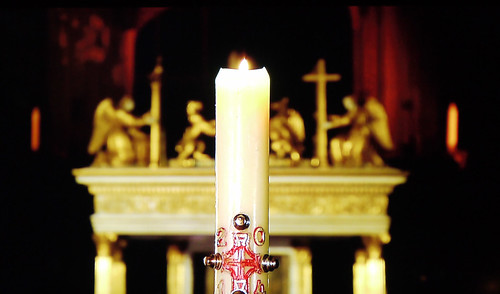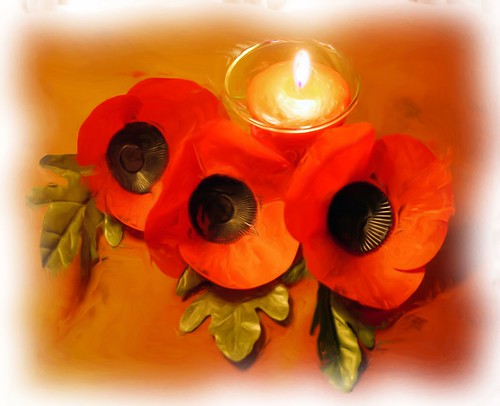HMS M.33 is a 1915 Coastal Bombardment Vessel, one of only two British warships to survive from the First World War.
She saw action in the Mediterranean between 1915 and 1918, supporting troop landings and evacuations at Gallipoli in 1915. Then in 1919, she played a part in the Russian Civil War covering the withdrawal of Allied and White Russian troops. Following her return from Russia, she spent the rest of her active life in Portsmouth Harbour.
Today she is berthed near the new Mary Rose Museum and Nelson’s flagship, HMS Victory, in Portsmouth’s Historic Dockyard. Her location in No. 1 dry dock allows visitors to get a closer look at her exterior from the dockside, although currently she cannot be boarded. Her national and historical significance has been recognised and she features in the National Register of Historic Ships.
HMS M.33 is currently being renovated and it is planned that the work will be completed, allowing full public access, in time for the 100th anniversary of the Gallipoli Campaign later this year.
The ship behind HMS M.33 is the recently retired HMS Illustrious.

